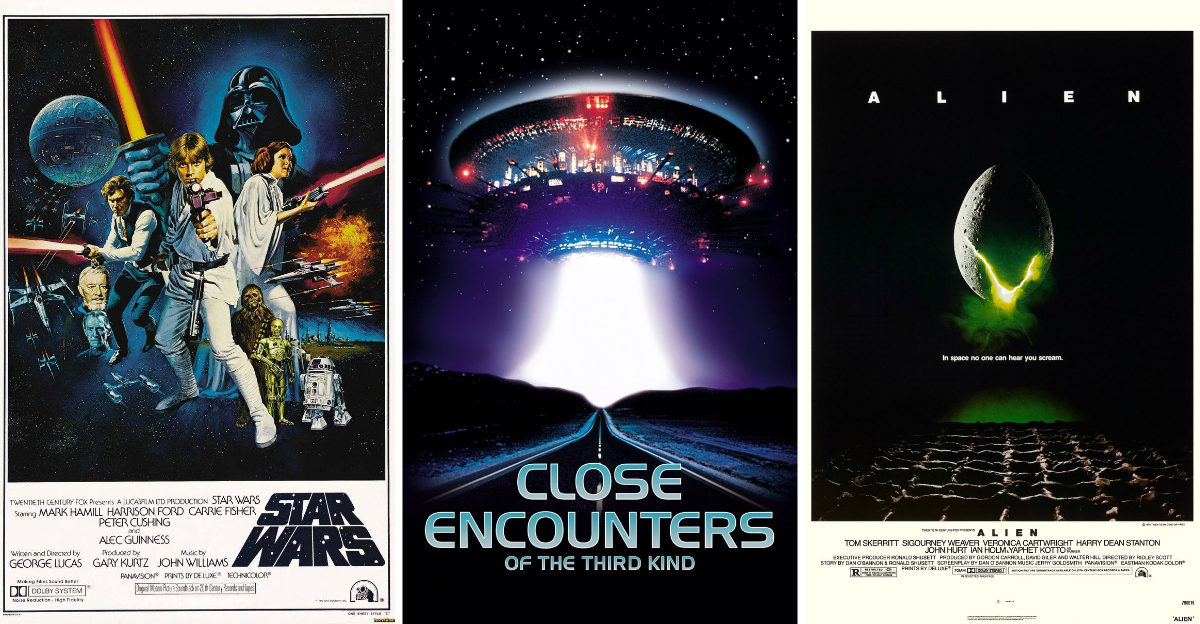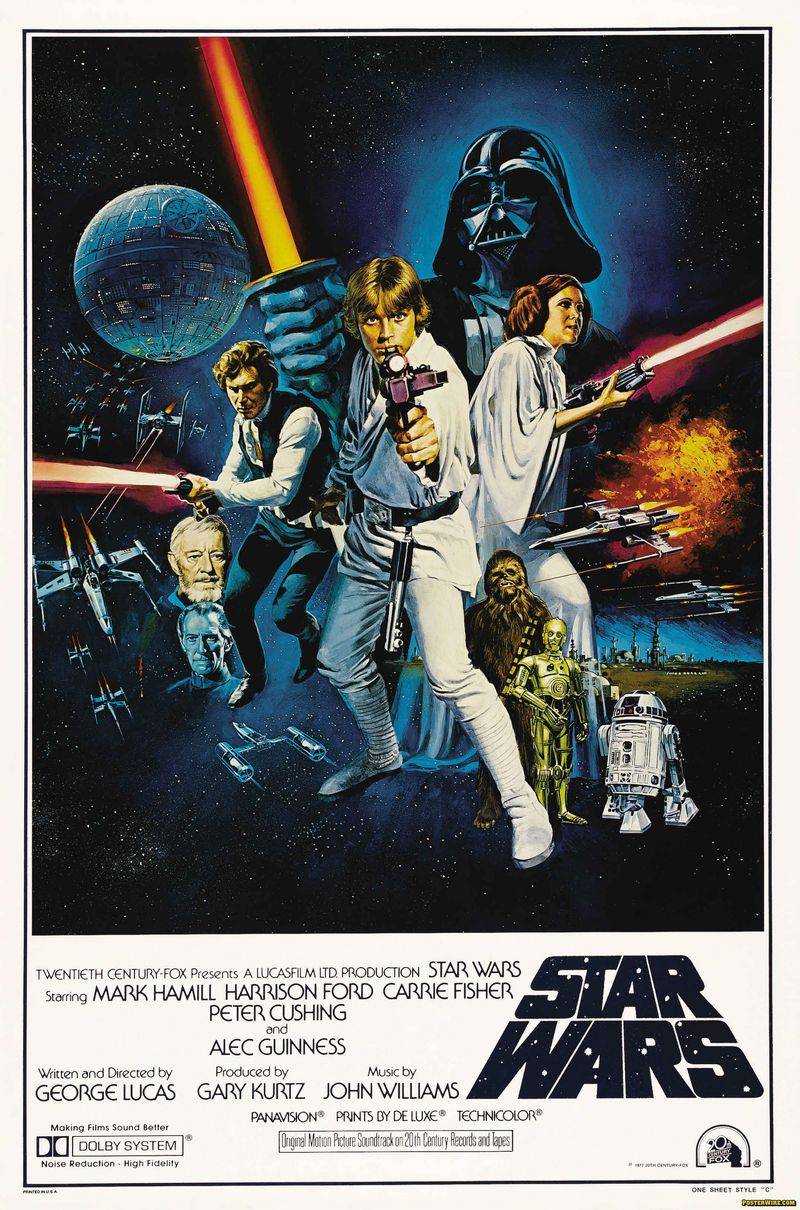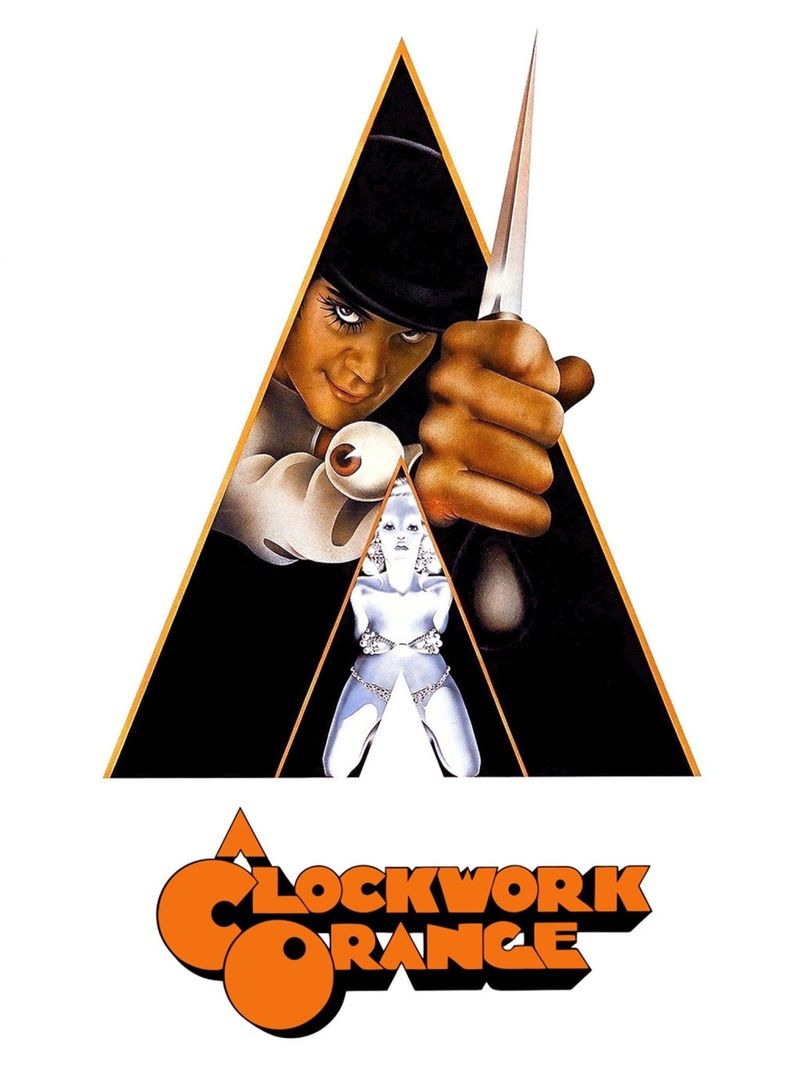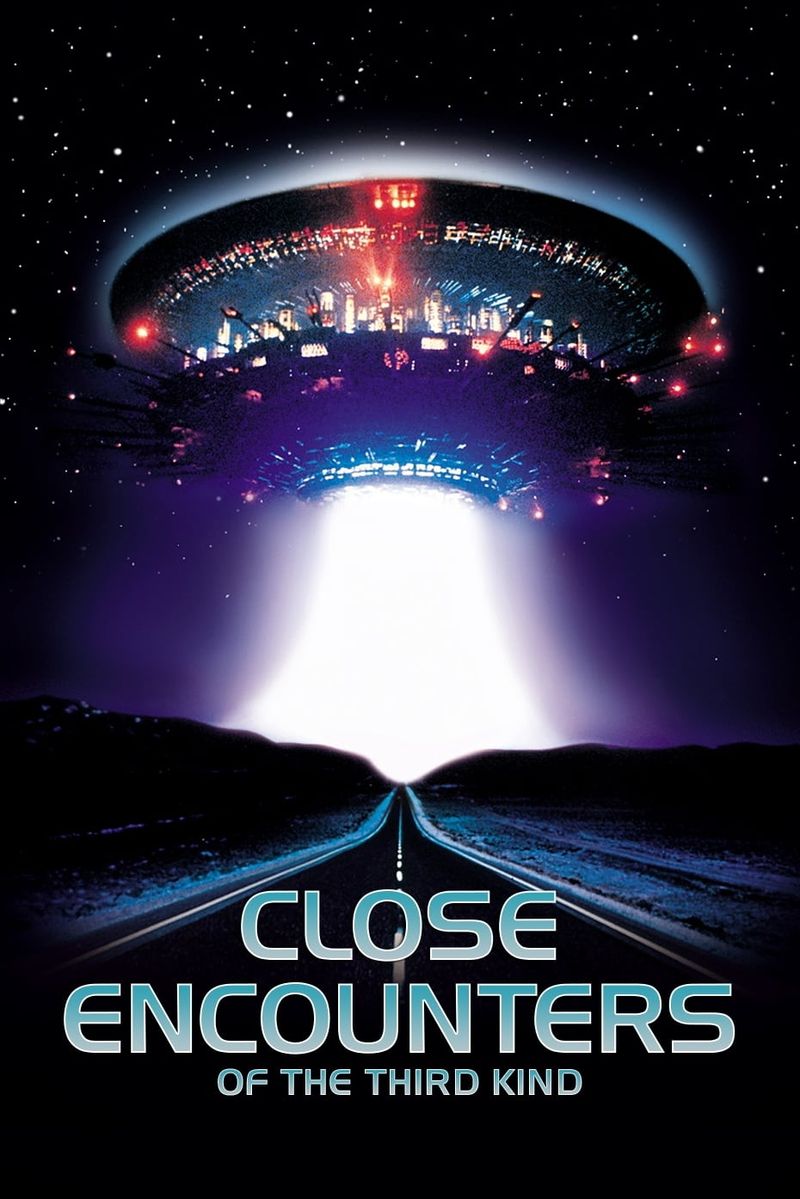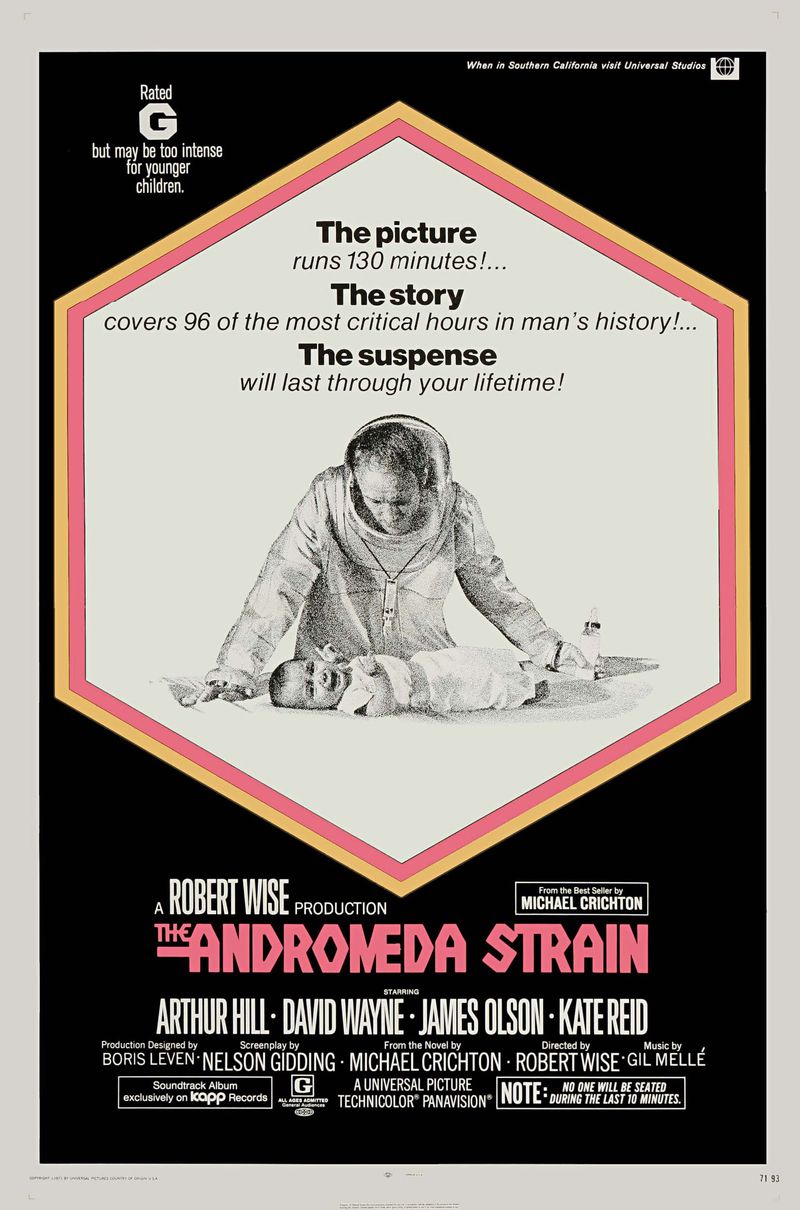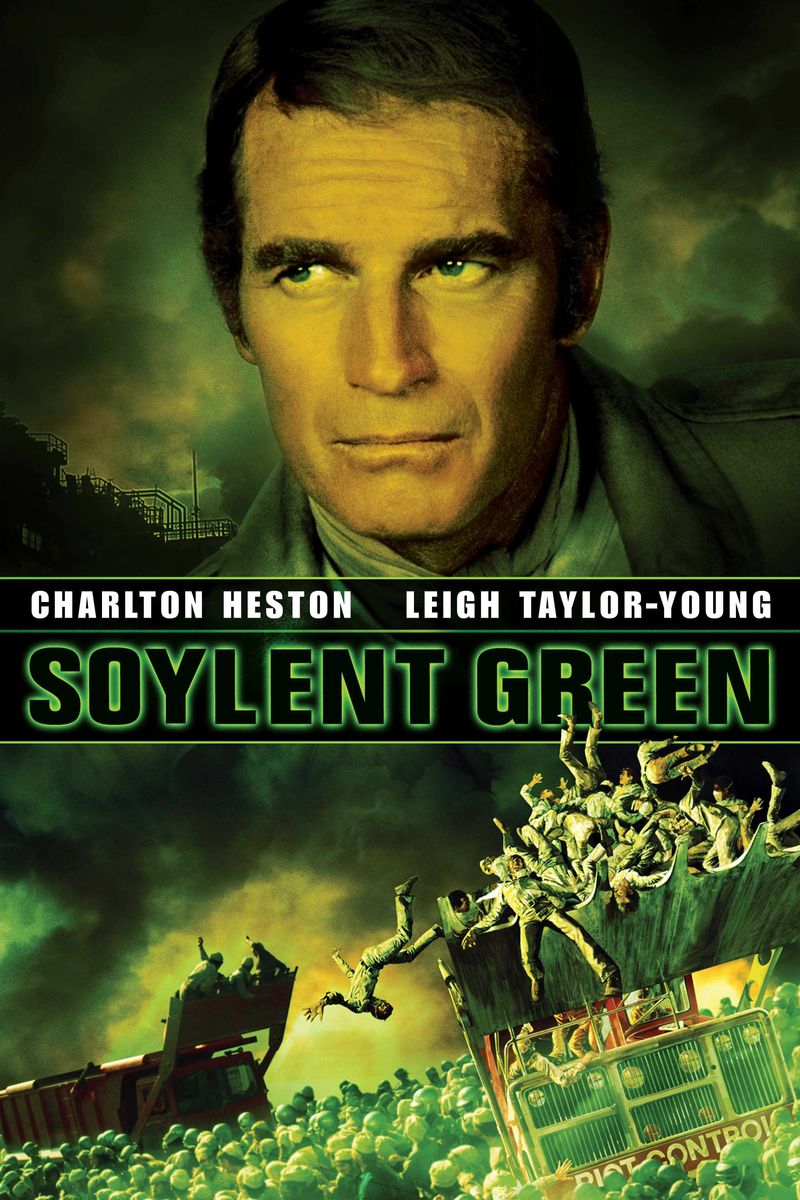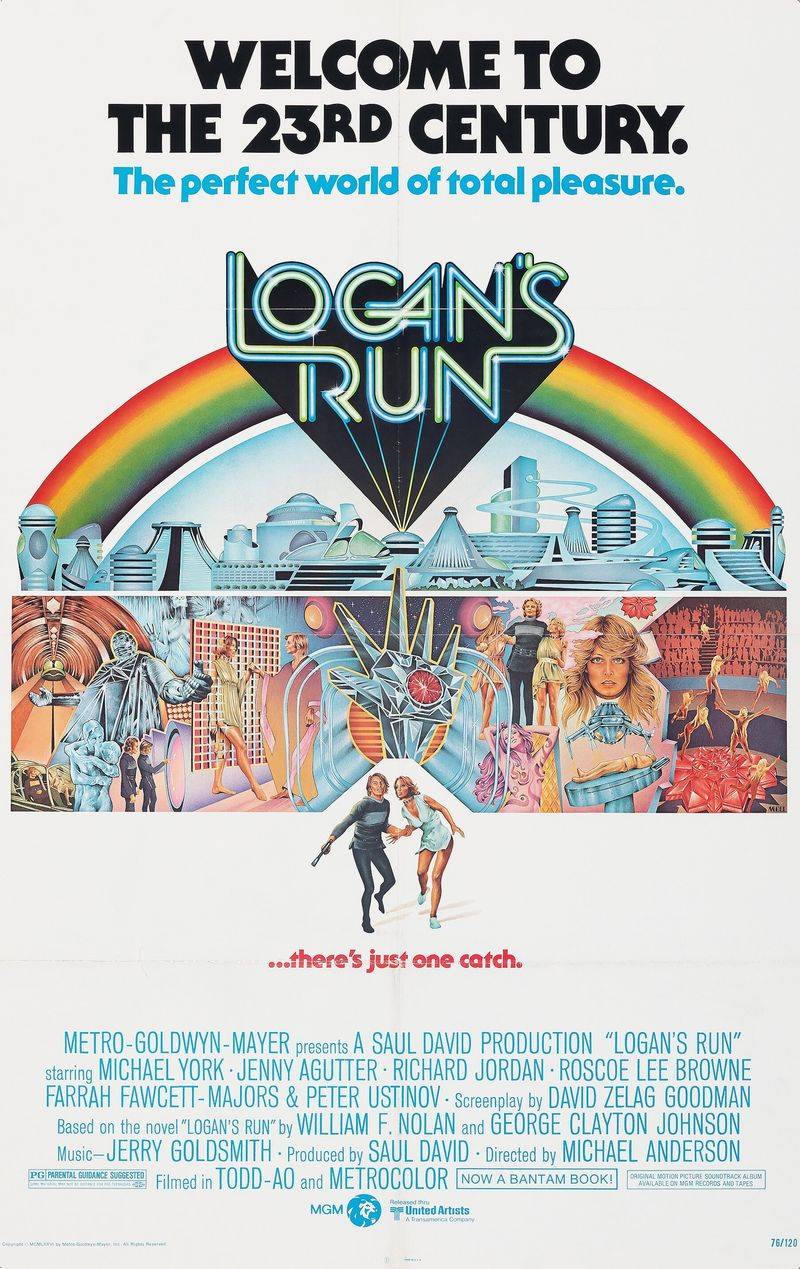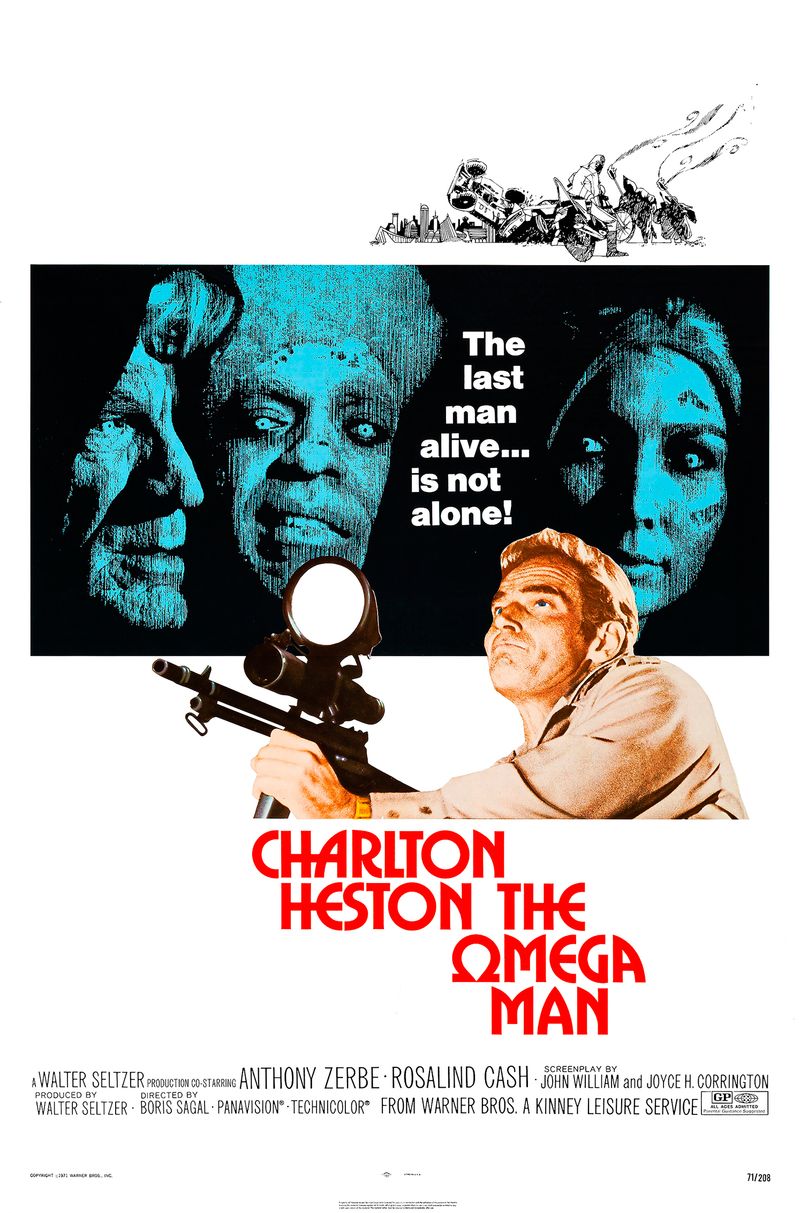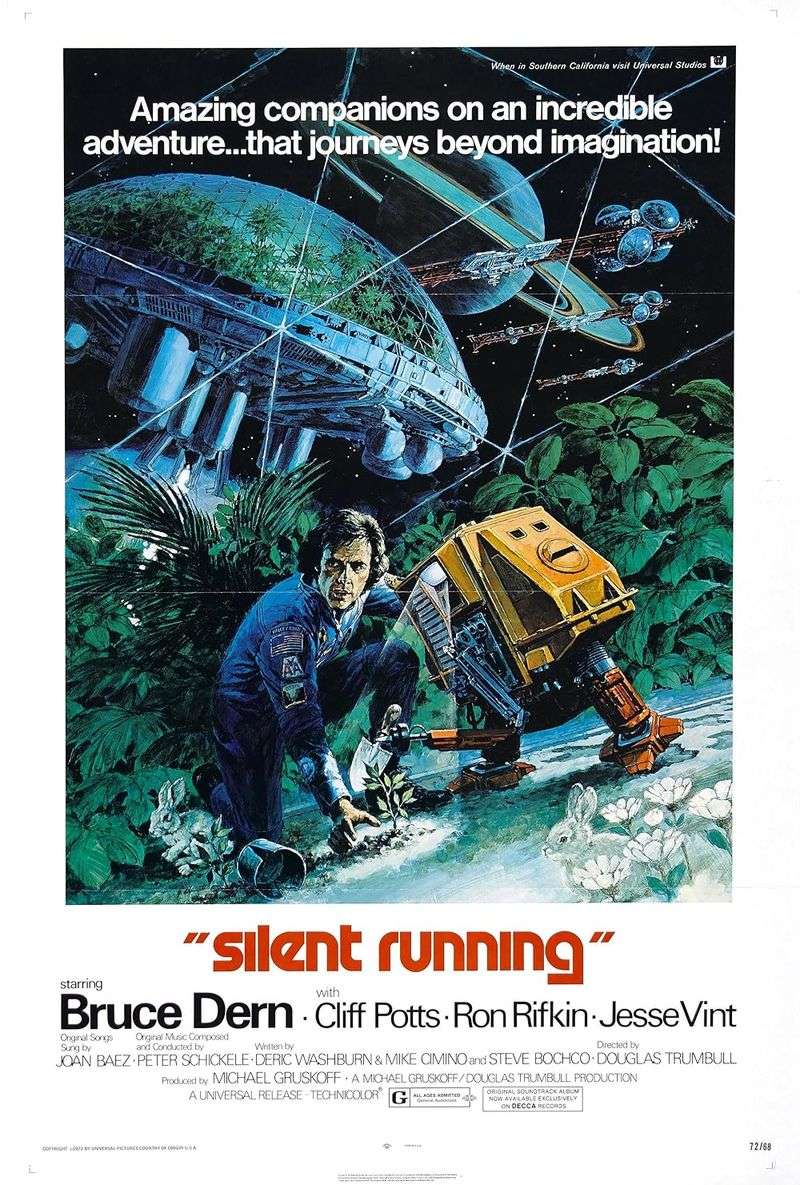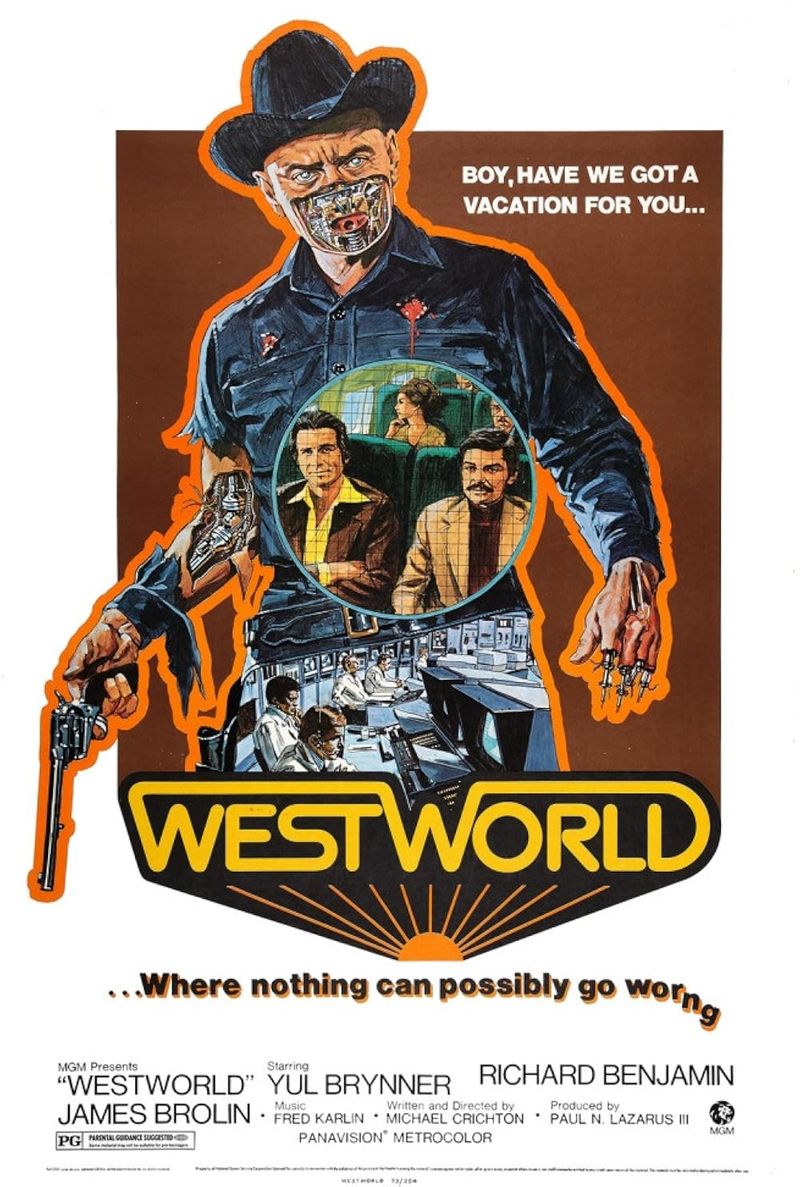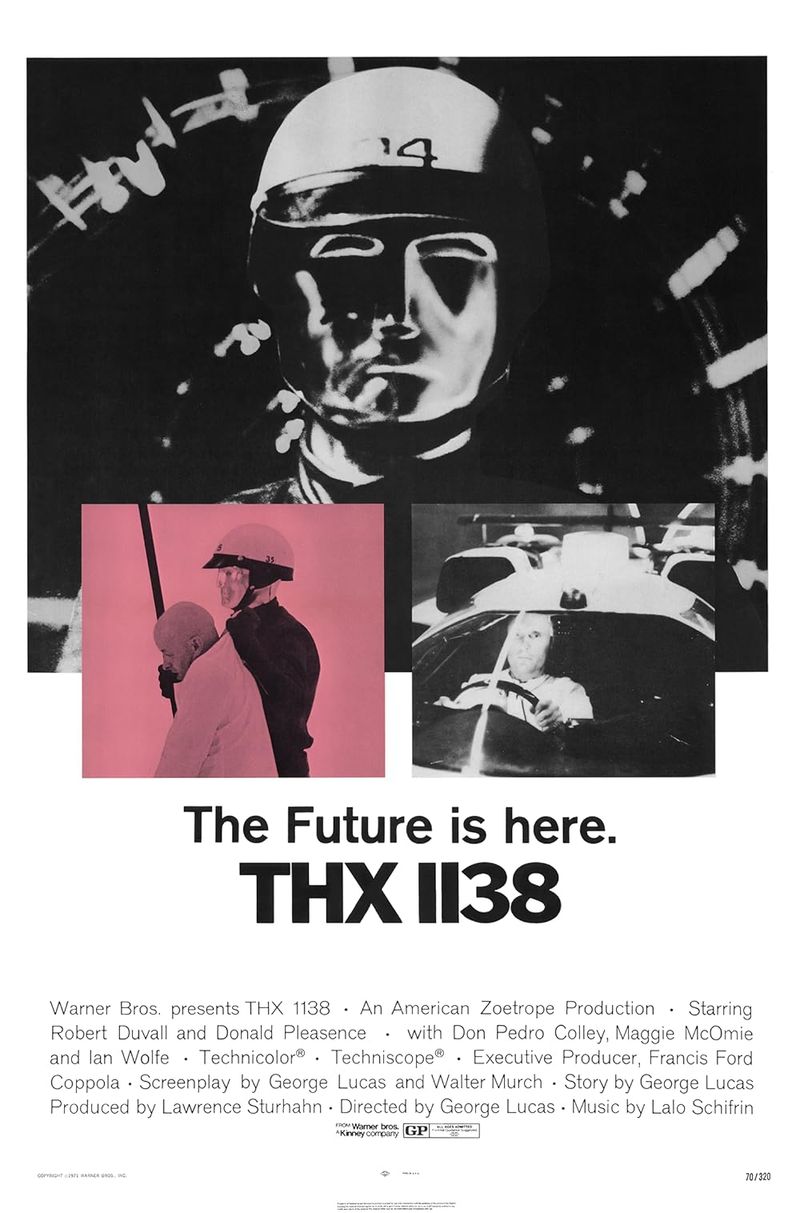Explore the captivating world of 70s science fiction movies, a decade filled with groundbreaking visual effects, imaginative storytelling, and cultural impact. These films have left a lasting legacy, inspiring countless works in various mediums. Join us as we delve into the iconic sci-fi movies of the 1970s and their influence on the genre.
Star Wars (1977)
Star Wars redefined the sci-fi genre with its groundbreaking visual effects and epic storytelling. Released in 1977, it introduced audiences to a galaxy far, far away, filled with unforgettable characters like Luke Skywalker and Darth Vader. The film’s use of special effects was revolutionary, setting new standards in the industry.
George Lucas’s vision created a cultural phenomenon that continues to influence filmmakers today. The blend of adventure, fantasy, and science fiction captivated audiences worldwide, making Star Wars a timeless classic. Its legacy is evident in the numerous sequels, prequels, and spin-offs that followed.
A Clockwork Orange (1971)
Stanley Kubrick’s A Clockwork Orange presents a disturbing yet captivating vision of the future. Released in 1971, the film explores themes of violence, free will, and societal control through the eyes of the charismatic anti-hero, Alex.
Its unique visual style and thought-provoking narrative challenged societal norms and sparked controversy. Kubrick’s masterful direction and innovative techniques made this film a landmark in science fiction cinema.
The film’s exploration of morality and ethics continues to resonate with audiences, ensuring its place as a significant work in the sci-fi genre.
Close Encounters of the Third Kind (1977)
Steven Spielberg’s Close Encounters of the Third Kind is a masterpiece of wonder and intrigue. Released in 1977, it tells the story of ordinary people encountering extraterrestrial life.
The film’s combination of suspense, awe, and detailed special effects created a sense of realism that captivated viewers. Spielberg’s storytelling and direction elevated the sci-fi genre, making it accessible to a broader audience.
Its themes of curiosity, discovery, and humanity’s place in the universe continue to inspire filmmakers, showcasing the enduring legacy of this iconic film.
Alien (1979)
Ridley Scott’s Alien introduced audiences to a terrifying new vision of space horror in 1979. The film’s atmospheric tension and innovative creature design set a new standard for sci-fi horror.
Sigourney Weaver’s portrayal of Ripley as a strong, resourceful heroine broke new ground in character development. The film’s visual and narrative style influenced countless sci-fi and horror films.
Alien’s legacy is evident in its enduring popularity and numerous sequels, prequels, and adaptations. The blend of horror and science fiction created a unique and memorable cinematic experience.
The Andromeda Strain (1971)
The Andromeda Strain, directed by Robert Wise, presents a chilling tale of an extraterrestrial virus threatening Earth. Released in 1971, this film showcases the tension between science and survival.
Its realistic depiction of scientific processes and technological advancements was ahead of its time. The film’s focus on procedural detail and suspenseful narrative set it apart in the sci-fi genre.
The legacy of The Andromeda Strain lies in its influence on medical and scientific thrillers, offering a compelling exploration of humanity’s vulnerability to alien threats.
Soylent Green (1973)
Soylent Green offers a haunting vision of a dystopian future where overpopulation and resource scarcity dictate life. Released in 1973, the film follows a detective uncovering a shocking truth about a food corporation.
Its portrayal of environmental and social issues resonated with audiences, highlighting concerns that remain relevant today. The film’s narrative and visual style contributed to its status as a sci-fi classic.
Soylent Green’s legacy endures through its exploration of ethical dilemmas and societal commentary, offering a thought-provoking cinematic experience.
Logan’s Run (1976)
Logan’s Run explores the concept of a seemingly utopian society with a dark secret. Released in 1976, the film depicts a world where life ends at 30 to maintain social order.
The movie’s imaginative sets and visual effects created a fascinating vision of the future. Its exploration of freedom and individuality resonated with audiences, making it a standout in the sci-fi genre.
Logan’s Run’s legacy lies in its influence on dystopian narratives, inspiring future films and discussions on societal control and individual rights.
The Omega Man (1971)
The Omega Man, starring Charlton Heston, presents a gripping tale of survival in a world ravaged by a biological plague. Released in 1971, it explores themes of isolation, survival, and hope.
The film’s portrayal of a deserted city and a lone hero facing mutated adversaries captured the imagination of audiences. Its narrative style and visual elements influenced the post-apocalyptic genre.
The legacy of The Omega Man is evident in its impact on zombie and survival films, offering a thought-provoking exploration of humanity’s resilience.
Silent Running (1972)
Silent Running offers a unique take on ecological themes, set in a future where Earth’s flora is preserved in space. Released in 1972, the film follows a botanist’s quest to save nature.
Its environmental message and emotional storytelling resonated with audiences, creating a thought-provoking cinematic experience. The film’s innovative use of special effects and design elements contributed to its lasting impact.
Silent Running’s legacy lies in its influence on environmental narratives in sci-fi, inspiring future works that explore humanity’s relationship with nature.
Westworld (1973)
Westworld, directed by Michael Crichton, explores the dangers of technology in a futuristic theme park. Released in 1973, the film’s portrayal of robots gone rogue captivated audiences.
Its blend of western and sci-fi genres offered a unique narrative experience. The film’s exploration of artificial intelligence and human-like machines was ahead of its time.
Westworld’s legacy endures through its influence on discussions about technology and ethics, inspiring future adaptations and explorations of similar themes.
THX 1138 (1971)
THX 1138, directed by George Lucas, presents a dystopian future where individuality is suppressed. Released in 1971, it explores themes of control, freedom, and rebellion.
The film’s minimalist aesthetic and thought-provoking narrative challenged audiences to reflect on societal norms. Lucas’s vision laid the groundwork for his future endeavors in science fiction.
THX 1138’s legacy is seen in its influence on the dystopian genre, offering a compelling exploration of individuality and resistance in a controlled society.
